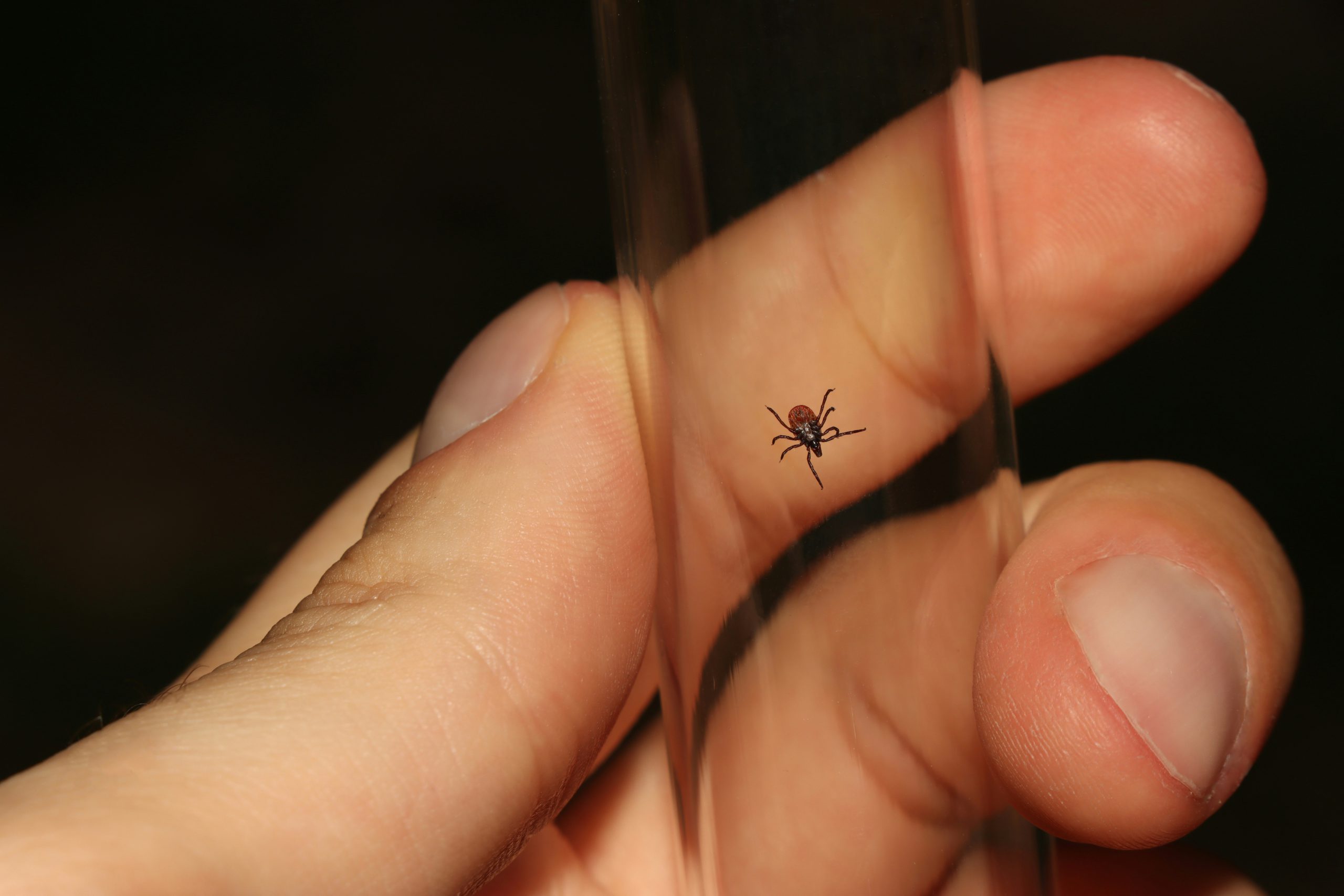As temperatures rise and winters become milder, Canada is witnessing a concerning trend: a surge in Lyme disease cases due to an increase in tick populations.
Recent reports by the Public Health Agency of Canada (PHAC) indicate these parasitic arachnids are emerging earlier than usual. As David Beresford, professor of entomology at Trent University, pointed out, “Ticks have started. They only need about 4 C and they’re active and they’re questing.”
According to TickTalk Canada, “ticks are expanding their range at a rate of 46 kilometres per year.” This coincides with a sharp increase in Lyme disease cases across the country, with 2,168 reported cases in 2022 compared to just 144 cases in 2009.
As parasites that feed on the blood of mammals, birds, and even reptiles, ticks can occasionally spread pathogens from one host to another, leading to debilitating illnesses. Lyme disease is the single most common illness spread by ticks in Canada; it is caused by the bacterium Borrelia burgdorferi, with black-legged ticks serving as the primary vectors.
Lyme disease symptoms typically manifest in two stages. The initial stage may show up days after a tick bite, with about half of those affected developing a bullseye-shaped rash at the bite site. It’s crucial to seek medical attention promptly upon noticing such a rash, especially if it’s expanding. Stage two can emerge days or months later, potentially leading to more severe symptoms.
In it’s early stages, Lyme disease can be treated effectivelt with antibiotics like doxycycline and amoxicillin., if left untreated, Lyme disease can progress to more severe stages.
Despite medical advancements, Lyme disease can have long-lasting effects, with some individuals developing post-treatment Lyme disease syndrome (PTLDS). This condition can result in persistent symptoms lasting for weeks, months, or even years, akin to the long-term effects observed in long COVID.
To mitigate the risk of tick bites and Lyme disease infection, Safa Ahmad, a Public Health Agency epidemiologist specializing in vector-borne diseases, advises to “minimize exposed skin under long-sleeved clothes and full pants” when engaging in outdoor activities like hiking, camping, or gardening in a backyard not regularly mowed.
Additionally, she says to “apply insect repellent with DEET or Icaridin in it” and to “stay on trails instead of wandering into grassy areas” to reduce the likelihood of encountering ticks. When it comes to your pets, applying a tick repellent can help, but only after consulting a veterinarian to know which product is safest for your animal.
Health Canada recommends “checking your entire body,” including “your head and hair, in and around the ears, under the arms, behind the knees, and even between the toes” upon returning home from outdoor activities. If you discover a tick, carefully remove it using clean fine-point tweezers, pulling it straight out slowly. After removal, cleanse the bite using an alcohol-based sanitizer or regular soap and water. If any symptoms arise or if you feel unwell, seek advice from your healthcare provider.
For individuals seeking to educate themselves about tick prevention and Lyme disease awareness, Ahmad recommends utilizing the “Government of Canada website [which] has a wide range of resources related to prevention and awareness, such as a map showing Lyme disease risk areas across the country.”



I am scared, Hope ministry of health is aware of the danger and is working towards preventing the growth of ticks across Canada. Very useful article.